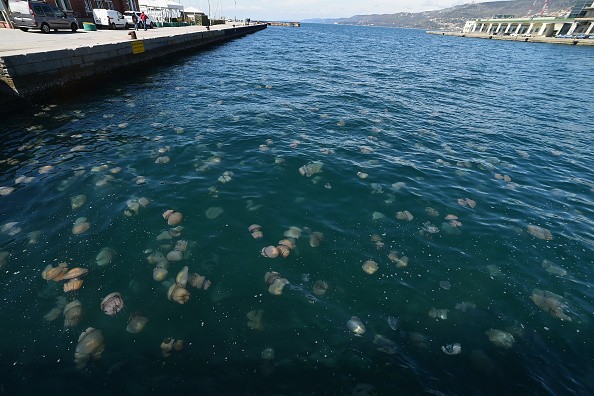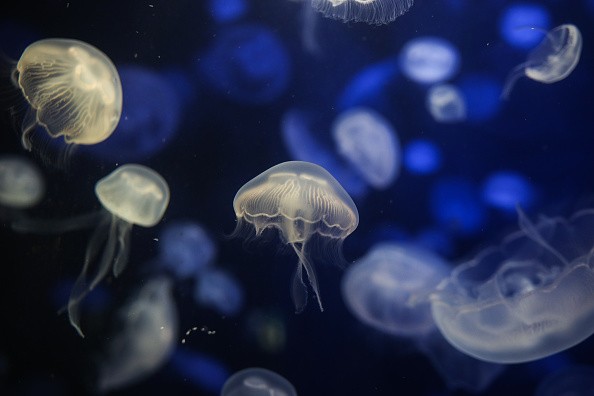Jellyfish keeps increasing along the Rhode Island coast, this strange gathering is provoking state officials to warn about the rising threat of painful stings.

The Mystery
As per a statement the Rhode Island Division of Fish and Wildlife Outdoor Education issued on Tuesday, Atlantic Sea Nettles are assembling in the coastal Ninigret and Green Hill Ponds. State biologists are observing the misunderstood occurrence - and giving reports that this phenomenon it is getting worse.
The department said in a Facebook post, the population of this sea creature has increased to thousands in the past month, as water temperatures have risen.
While their profuse amount in the ponds this summer has not been understood completely, their numbers are anticipated to decrease as the summer continues.
Officials of Rhode Island Department of Environmental Management are warning the people to "apply common sense and caution" whenever they want to enter coastal ponds in the region. The well-known ponds are disconnected from the ocean by thin strips of beach, but sea creatures still have access to the pond through narrow inlets.
Also Read : Immortal Jellyfish, Radiated Tortoise, and More: 11 Ancient Animals Older Than Every Human on Earth
Jellyfish
Individuals making plans on recreating in the coastal ponds this summer are urged to take first-aid kit with vinegar along with them in case of an encounter with the jellyfish, the state said.
Although the sting of this jellyfish is not deadly - except there is a serious allergic reaction, it can lead to moderate discomfort and itchy welts. If symptoms get worse, you are advised to seek immediate medical attention.
Jellyfish can tolerate the impact of pollution easily and they don't have a lot of natural enemies in the ocean, the nonprofit Chesapeake Bay Foundation notes.
They like "warmer, saltier water" and they usually reproduce in late summer and early fall, the foundation reports. Though adult nettles can achieve a slow swimming motion by the contraction and relaxation of their bell, where they are found is mostly controlled by winds and currents.

Features of Jellyfish
As per the Aquarium of the Pacific, nettles are normally just inches across, with a size that differ based on location. Jellyfishes seen along the upper East Coast possess a "bell" usually four inches in diameter, while that of those inhabiting open ocean may be twice that size.
For millions of years, these sea creatures have drifted along on ocean currents, even prior to dinosaurs' existence on Earth. The jellylike animals pulse along on ocean currents and are profuse in both warm and cold ocean water, along coastlines and in deep water. But in spite of their name, jellyfish aren't true fish - they're animals with no backbones.
They possess small stinging cells in their tentacles to paralyze their prey before they consume them. They have an opening inside their bell-shaped body and that is its mouth. They feed and excrete waste from this opening.
Related Article : Artificial Jellyfish That Swims Can Tell Us About Human Heart Function.
For more news updates about jellyfishes and similar topics don't forget to follow Nature World News!
© 2025 NatureWorldNews.com All rights reserved. Do not reproduce without permission.





